MARKET OVERVIEW
Bioinformatics platforms are a critical component of modern biological research, offering integrated software and hardware solutions for the collection, storage, analysis, and interpretation of biological data. These platforms are particularly prominent in genomics, proteomics, and various other life sciences fields, where they serve as essential tools for advancing scientific knowledge and enabling data-driven discoveries.
The field of bioinformatics has witnessed remarkable growth in recent years, driven by the ever-expanding volume of biological data and the increasing complexity of scientific questions. In this report, we will delve into the significance of bioinformatics platforms, their applications, and the evolving market landscape.
Bioinformatics platforms are the backbone of genomics research, providing scientists with the means to process massive datasets of DNA and RNA sequences efficiently. With advancements in DNA sequencing technologies, the amount of genetic information generated has grown exponentially. Bioinformatics tools are indispensable for tasks such as genome assembly, variant calling, and functional annotation, enabling researchers to unravel the intricacies of an organism's genetic code.
Proteomics, the study of proteins and their functions, is another domain where bioinformatics platforms have made substantial contributions. These platforms assist in the identification and quantification of proteins, as well as the analysis of post-translational modifications and protein-protein interactions. By integrating proteomic data with genomics, researchers gain deeper insights into the molecular mechanisms underlying various biological processes and diseases.
Bioinformatics platforms are indispensable tools in the life sciences, enabling researchers to harness the power of biological data. Their applications span genomics, proteomics, structural biology, and more, with potential implications in personalized medicine. The bioinformatics market continues to grow, driven by the demand for data analysis solutions and advancements in cloud computing and artificial intelligence. However, challenges related to data management and standardization persist. To thrive in this dynamic field, companies must prioritize innovation and collaboration, ultimately contributing to the advancement of biological research and improving human health.
Global Bioinformatics Platforms market is estimated to reach $15,032.1 Million by 2030; growing at a CAGR of 10.7% from 2023 to 2030.
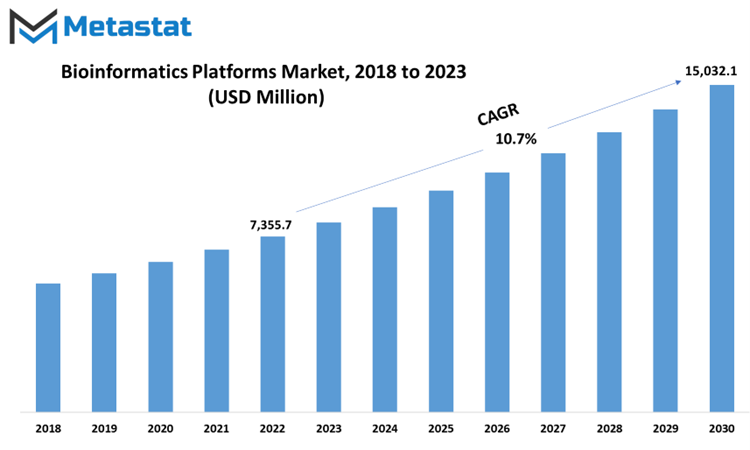
GROWTH FACTORS
The field of genomics has witnessed remarkable progress in recent years, primarily driven by rapid advances in DNA sequencing technologies. This surge in sequencing capabilities has not only transformed biological research but has also spurred significant developments in bioinformatics platforms. These platforms have become indispensable tools in processing and interpreting the vast amounts of genomic data generated through modern sequencing techniques.
Furthermore, bioinformatics platforms are not confined to academic research alone. They have found extensive applications in the pharmaceutical and biotechnology industries, particularly in drug discovery and development. These platforms facilitate the identification of potential drug candidates by enabling researchers to screen vast libraries of compounds against specific disease targets. By analyzing genomic data from patients and understanding the genetic basis of diseases, pharmaceutical companies can develop targeted therapies with greater efficacy and reduced side effects.
Additionally, bioinformatics platforms contribute significantly to understanding disease mechanisms, which is crucial in drug development. By dissecting the complex interplay of genes and proteins involved in various diseases, these platforms provide insights that guide the design of innovative therapeutic interventions. This integration of genomics and drug discovery has the potential to revolutionize healthcare by ushering in a new era of precision medicine.
However, as the genomics and bioinformatics landscape evolve, it brings forth its own set of challenges. Data privacy and security concerns loom large when handling sensitive biological information. Genomic data is inherently personal and can reveal intimate details about an individual's health and ancestry. Thus, robust measures are required to protect data integrity and ensure compliance with stringent data protection regulations. Safeguarding against unauthorized access and data breaches is paramount in this era of genomics-driven healthcare.
Furthermore, integrating diverse data sources and software tools into a unified bioinformatics platform can be a complex undertaking. The sheer volume and heterogeneity of genomic data, along with the myriad of analytical tools available, can pose implementation challenges for organizations. Achieving seamless interoperability and data exchange between different systems remains a priority to harness the full potential of genomics data.
Despite these challenges, bioinformatics platforms hold immense promise, especially in the realm of personalized medicine. The ability to analyze individual genomic data paves the way for tailored healthcare solutions. With a patient's genetic makeup as a guide, healthcare providers can prescribe treatments and interventions that are precisely matched to the individual's genetic profile, optimizing therapeutic outcomes and minimizing adverse effects.
The rapid advances in genomic sequencing, coupled with the growing demand for bioinformatics platforms, are reshaping the landscape of biological research and healthcare. These platforms serve as indispensable tools in unlocking the secrets of the genome, driving drug discovery, and propelling us into the era of personalized medicine. However, data privacy and integration complexities remain critical concerns that must be addressed to ensure the responsible and effective use of genomics data. As we navigate these challenges, bioinformatics platforms will continue to play a central role in advancing our understanding of biology and improving human health.
MARKET SEGMENTATION
By Type
The field of genomics has witnessed remarkable growth and transformation, driven by advancements in technology and scientific innovation. In this context, the categorization of genomics tools and platforms is essential to understand the landscape better. By type, genomics platforms can be further segmented into distinct categories, each serving a specific purpose and contributing to the broader field of genetic research.
One significant category within genomics platforms is Sequence Analysis Platforms. In 2022, this segment held a substantial value of 2546.3 USD Million. These platforms play a pivotal role in decoding the genetic information embedded within DNA sequences. They enable researchers to examine the nucleotide sequences of genes and genomes, allowing for the identification of genetic variations and mutations. This fundamental information is invaluable in various fields, including medicine, agriculture, and evolutionary biology.
Another critical facet of genomics technology is Sequence Alignment Platforms. Forecasts suggest that this category is poised to grow at a steady CAGR of 10.7% from 2023 to 2030. Sequence alignment is a crucial process that aligns genetic sequences, making it easier to compare and analyze them. These platforms are indispensable for tasks such as identifying conserved regions across species or pinpointing structural variations within an individual's genome.
In addition to sequence-focused platforms, there are Sequence Manipulation Platforms. In 2022, these platforms had a value of 1138.5 USD Million. They facilitate the manipulation of genetic sequences, enabling researchers to edit, modify, or recombine DNA for various purposes. This capability has revolutionized fields like gene therapy and synthetic biology, offering promising avenues for medical breakthroughs and biotechnological advancements.
Furthermore, Structural & Functional Analysis Platforms are expected to exhibit significant growth, with a projected CAGR of 10.5% from 2023 to 2030. These platforms delve into the three-dimensional structures and functions of genes and their products. They help unravel the intricate relationships between genes, proteins, and their interactions. Understanding these intricacies is vital for comprehending disease mechanisms and developing targeted therapies.
Beyond these primary categories, the genomics landscape encompasses several other platforms and tools, collectively referred to as "Others." As we look ahead to 2030, this category is anticipated to reach a value of 1268.9 USD Million. While not as prominently discussed as the previous segments, these platforms fulfill niche roles and cater to specialized research needs within the genomics field.
The segmentation of genomics platforms by type provides a comprehensive view of the diverse tools and technologies that drive genetic research. Sequence Analysis, Sequence Alignment, Sequence Manipulation, Structural & Functional Analysis, and other platforms collectively contribute to our ever-growing understanding of genetics. As these platforms continue to evolve and advance, they hold the potential to unlock new insights, drive innovation, and shape the future of genomics research.
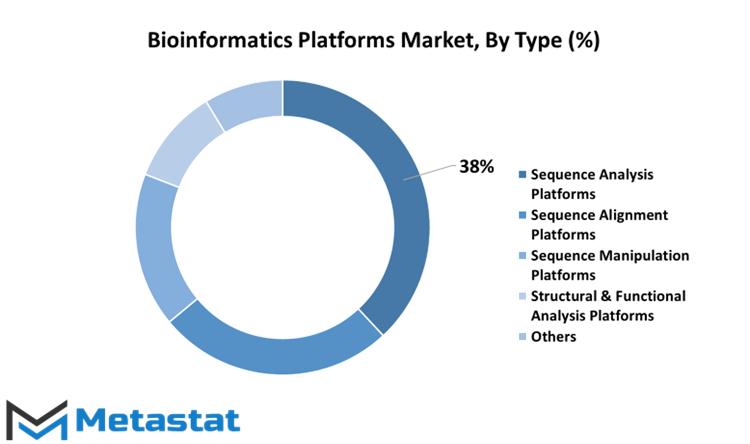
By Application
The market for various applications in the field of life sciences is witnessing significant growth and transformation. This report on the market explores the diverse applications within this domain, shedding light on their current values and anticipated trends.
Drug Development stands as a prominent pillar in the life sciences landscape. In 2022, this segment was valued at 4418.6 USD Million and is expected to maintain its trajectory, reaching this impressive figure by 2030. The pursuit of novel therapeutic agents and innovative treatments remains a driving force behind this substantial market value.
Molecular Genomics is another critical facet of the life sciences arena. With a valuation of 1751 USD Million in 2022, it illustrates the growing importance of genomics in our understanding of biology. The analysis of genetic information at the molecular level continues to unravel critical insights into health, disease, and human diversity.
Personalized Medicine is an evolving field poised for substantial growth, with an anticipated value of 2507.8 USD Million by 2030. The customization of medical treatments to individual patients based on their genetic makeup and unique characteristics is progressively gaining traction, promising more effective and tailored healthcare solutions.
Gene Therapy, valued at 692.5 USD Million in 2022, represents an exciting frontier in medical science. This application harnesses the power of genetics to treat and potentially cure various genetic disorders. The market for gene therapy is expected to expand as research advances and therapies become more accessible.
Protein Function Analysis, while often less discussed, plays a crucial role in deciphering biological mechanisms. This segment's contribution to the life sciences is substantial, even though its market value is not explicitly mentioned. The analysis of proteins and their functions is indispensable in drug discovery and understanding various diseases.
Beyond these primary segments, the life sciences arena encompasses a myriad of other applications, each contributing to the broader tapestry of scientific exploration and innovation. These applications, though not explicitly detailed in terms of market value, encompass a wide range of activities that enrich our understanding of biology and health.
In conclusion, the life sciences field is marked by a spectrum of applications, each with its unique significance and contribution. From drug development to molecular genomics, personalized medicine, gene therapy, protein function analysis, and beyond, these applications collectively drive the advancement of scientific knowledge and the improvement of healthcare outcomes. The evolving landscape of the life sciences promises continued growth and innovation in the years ahead.
REGIONAL ANALYSIS
The global Bioinformatics Platforms market is shaped by its geographical distribution across the globe, influencing various regions in its unique way. North America stands as a prominent player in the Bioinformatics Platforms market. The region boasts a well-established infrastructure and a robust technological landscape, making it a hub for innovation and research. The United States leads the way with numerous biotechnology and pharmaceutical companies, academic institutions, and research centers dedicated to bioinformatics. The availability of skilled professionals and substantial investments in research and development further solidify North America's position in the global market.
Moving across the Atlantic, Europe also plays a significant role in the bioinformatics sector. Countries such as the United Kingdom, Germany, and France are at the forefront of bioinformatics research and application. Europe benefits from strong collaborations between academia, government agencies, and private enterprises, fostering an environment conducive to advancements in genomics, proteomics, and other bioinformatics fields.
The Bioinformatics Platforms market transcends geographical confines, with North America, Europe, and Asia-Pacific serving as pivotal regions in its growth and development. These regions each bring unique strengths to the table, contributing to the global bioinformatics ecosystem. As the industry continues to evolve, its impact will only intensify on a global scale, further emphasizing its relevance in the modern world of science and healthcare.
COMPETITIVE PLAYERS
The Bioinformatics Platforms industry is marked by the presence of key players like Dassault Systèmes and Agilent Technologies, operating on a global scale. This industry's reach extends across various regions, demonstrating its widespread influence. Dassault Systèmes and Agilent Technologies are prominent entities in the Bioinformatics Platforms sector. Their contributions and innovations have significantly shaped the industry's landscape. They serve as prime examples of companies that have harnessed the power of bioinformatics to advance scientific research and technological applications. The Bioinformatics Platforms industry is driven by key players such as Dassault Systèmes and Agilent Technologies, whose expertise and contributions have had a profound impact on scientific research and technological innovation. Their global reach underscores the widespread importance of bioinformatics in advancing knowledge and improving the human condition.
Bioinformatics Platforms Market Key Segments:
By Type
- Sequence Analysis Platforms
- Sequence Alignment Platforms
- Sequence Manipulation Platforms
- Structural & Functional Analysis Platforms
- Others
By Application
- Drug Development
- Molecular Genomics
- Personalized Medicine
- Gene Therapy
- Protein Function Analysis
- Others
Key Global Bioinformatics Platforms Industry Players
- Dassault Systèmes
- Agilent Technologies
- QIAGEN GmbH
- IDBS, INC.
- Illumina, Inc.
- Thermo Fisher Scientific Inc.
- Revvity Inc.
- DNAnexus, Inc.
- Seven Bridges Genomics
- Active Motif
WHAT REPORT PROVIDES
- Full in-depth analysis of the parent Industry
- Important changes in market and its dynamics
- Segmentation details of the market
- Former, on-going, and projected market analysis in terms of volume and value
- Assessment of niche industry developments
- Market share analysis
- Key strategies of major players
- Emerging segments and regional growth potential



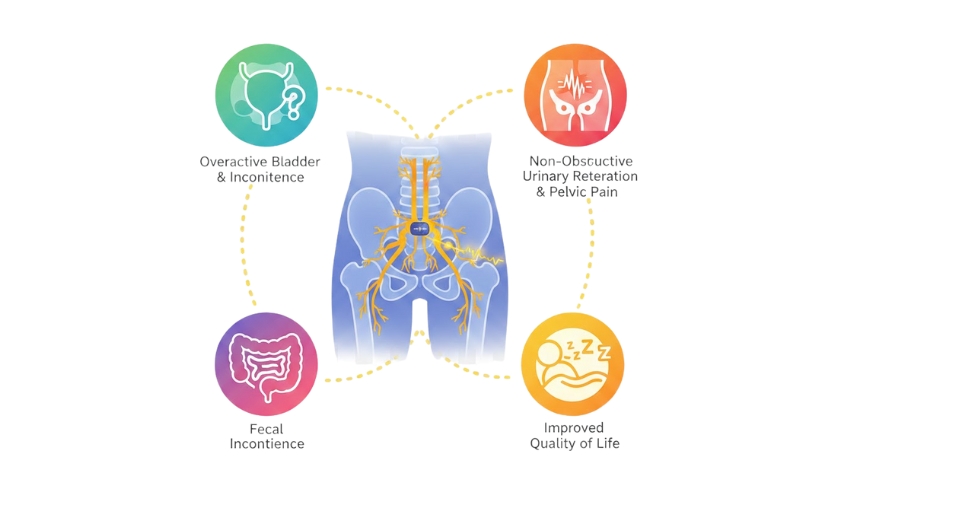
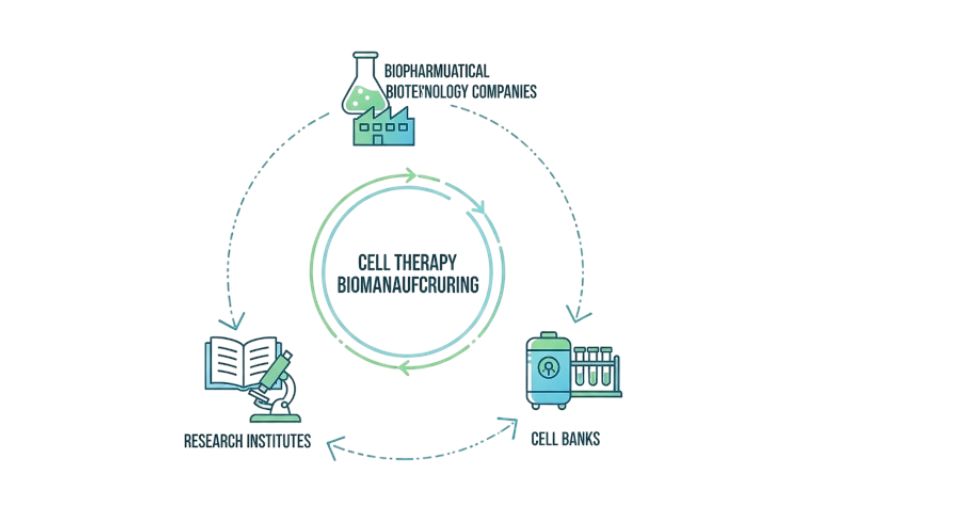
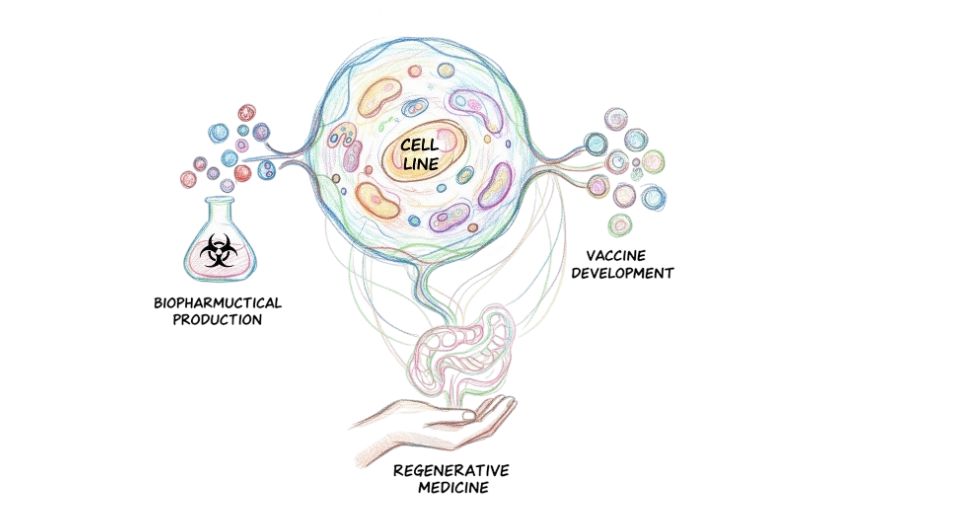


 US: +1 3023308252
US: +1 3023308252






